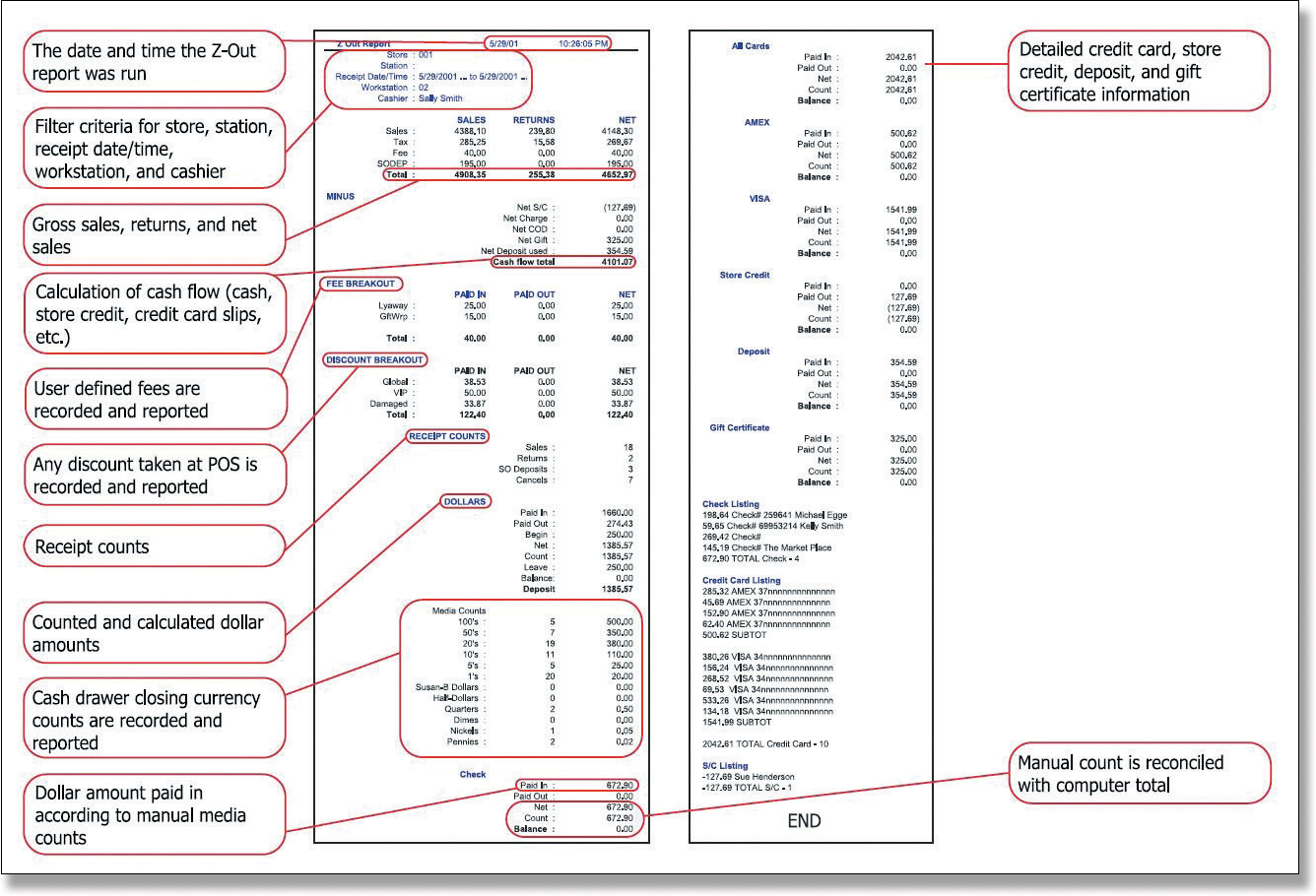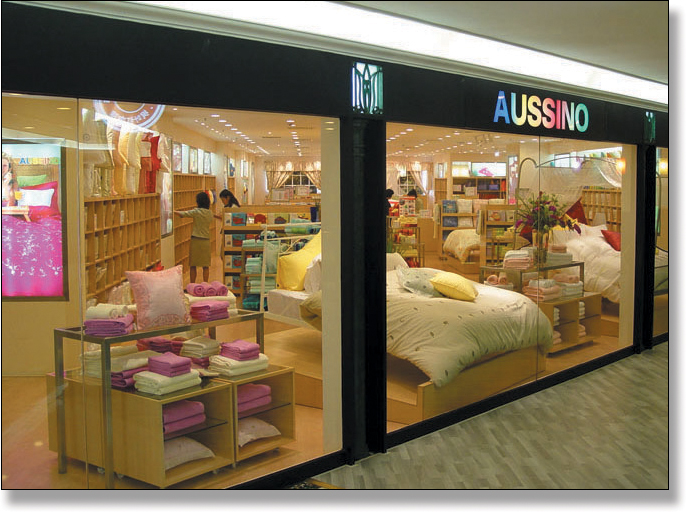Chapter 4. Daily Operating Policies & Procedures

The daily policies and procedures outlined below suggest the various tasks that are necessary for retailers to get their shop ready for business for the day.
Shop Opening Tasks
To ensure that such activities are always carried out, retailers should set aside some time (30 minutes or more, depending on the individual retailer) for the pre-opening tasks.
Housekeeping

Retailers have to make sure that the following four tasks are checked and carried out before opening the shop.
1. Cleanliness and tidiness of working and customer space
• Entrance to shop
• Selling areas
• Arrange merchandise displays that are untidy. For apparel, price tickets should not be dangling out. For convenience store, ensure products are front-facing.
• Cashier counters
• Backroom (receiving/checking areas and storeroom)
• Display merchandise (shelves and display units)

Clean and tidy store entrance
(courtesy of the Robinsons Group of Stores)
2. Working condition of essential equipment and facilities
• Air-conditioners
• Lighting
• Equipment such as Point-Of-Sale (POS) system, audio set and closed-circuit television, etc.
• Fixtures such as clothes hangers, display shelves and units
3. Replenishment of stock
• Replenish merchandise at the selling floor from the stockroom (this can also be done during business hours).
• Check that there is sufficient stock in the stock room for replenishment later.
4. Completion and organisation of paperwork
There may be some administrative paperwork left undone from the previous day. Staff should do the following:
• Complete unfinished paperwork from the previous day. Examples: filing of exchange forms, stock transfer forms and purchase orders, and update stock information in the POS system if necessary.
• Familiarise themselves with sales promotions.
When staff report for work, they should spend some time to familiarise themselves with the shop’s sales promotions mechanism. The promotions will be successful if staff can use them to encourage customer purchases. To be better salespeople, retailers need to be prepared.

Opening the Point-Of-Sale System
Retailers have adopted different systems for their Point-Of-Sale (POS) units — manual or computerised systems. Each system has different operational methods and it usually comes with an instruction manual supplied by the manufacturer.
For the manual system, there is no back-end procedure. Here is a procedural example of activating a computerised POS unit. Some retailers do not have a back-end office, so the POS system at the front functions as the back-end system as well.

Closing Procedures
Retailers must end the selling day with the following activities.
End-of-Day Housekeeping

• Report any damage of equipment or facilities to the supervisor and record it in the maintenance book/file for the following day’s duty officer to deal with.
• Replenish packing material.
• Ensure that there are sufficient receipt and audit rolls for the cash register and cash memo for the next cashier.
• Clean the cashier counter and sales floor.
Closing of Daily Account
Retailers must set aside time to carry out this procedure. The person responsible for this task is the cashier.

X-read refers to the end-of-shift or sales summary report.
Z-read refers to the end-of-day report, where the whole day’s sale are consolidated.

Z-out (end-of-day) report
(courtesy of Integrated Retail Management Consulting Pte Ltd)
Conclusion
A good beginning and closing facilitate staff’s selling efforts and enhance the customer shopping experience.





